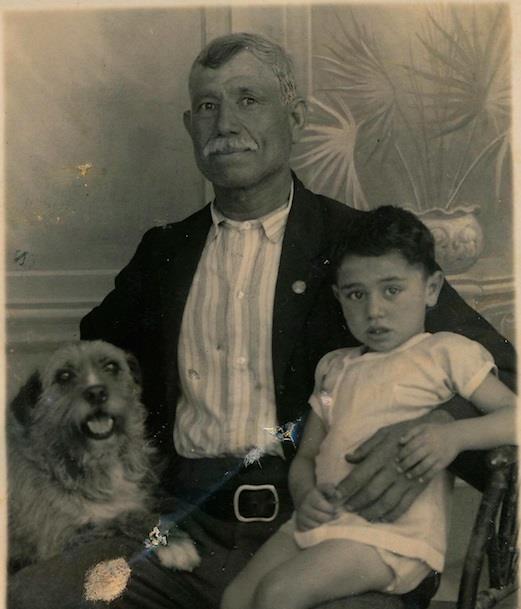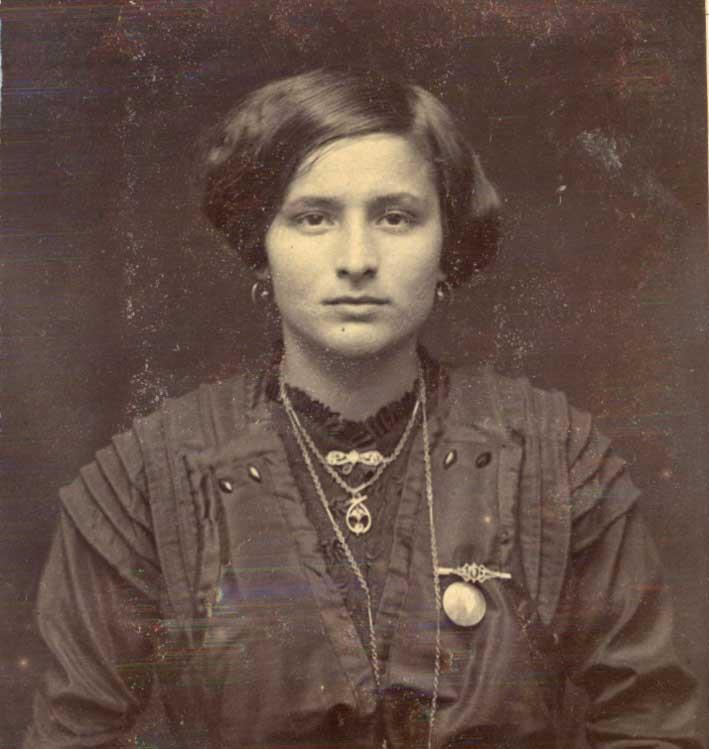Approximately 25 years ago, sacks-full of documents were discovered lying around Fort St Elmo, the paper content of which were being used to make papier-mâché for the construction of Carnival floats. Someone who recognised the value of these dumped documents called the National Archives in haste and told them to "See what you're going to do to save these public records."
National Archivist and Head of the Malta National Archives Dr Charles Farrugia recalls how "they were saved by the bell... the police or the army got them to the archives building and the chapel of the National Archive was full of piles." The sacks contained tons of travel documents of Maltese and Gozitan citizens, amongst which lay evidence of the advent of local passport photographs from as early as 1915.
It was the British government that introduced passport photographs in February 1915, following the incident in which a German spy, Carl Hans Lody, spied on Britain using a fake US passport. Following this event, it was apparent that passport identification needed to be developed in order to prevent the occurrence of similar episodes. Passport photographs were introduced into Malta a few months later as Malta, at that time a British colony, was simply following procedures from the United Kingdom.

Sharp focus, no creases or ink marks, a plain background, no hair obscuring the eyes, mouth closed, normal street attire, no hat, no dark glasses, no heavy-framed glasses, no smiling, no frowning, no raised eyebrows or unusual expressions, no patterned backgrounds, no shadows, no reflections on the face, no digital altering and no retouching are just a few of the dozens of passport photograph rules to which one has to adhere.

Back in the 1910s and 1920s, the lack of regulations made the nature of a single passport photograph more diverse and aesthetically-pleasing, with the image submitted for the travel document usually being the only portrait that the individual would ever have taken. It would have been taken by a professional photographer in a studio, using expensive, professional equipment. "Compared to today, the passport photographs show more of an artistic process," said Dr Farrugia. "The frequency of people having a photograph taken was very remote. People would generally only have such a photograph taken if they were going abroad, or for some special occasion, and there were no criteria."

This lack of regulations surrounding the photograph created the opportunity for creativity in the unlikely context of identification and surveillance. For the first 10 years or so of passport photographs, the image often shows the individual in the company of another person - their child or another relative - or even their pet. It also seems strange that it was acceptable to have portraits where the individual is smoking a cigarette or lifting a naked baby.

Prior to 1915 and the introduction of passport photographs, the details surrounding a person's appearance were described in writing on the documents. "The type of application was more or less the same in the years running up to 1915," explained Dr Farrugia. "The document asked for details of appearance such as height and whether you had any tattoos or any special marks. However, before that, in the beginning of the 1800s, only the bill of health was used as travel documentation, which was very limited, asking for basic details such as your name, address, occupation and destination."

In the late 1920s, when the template of the passport altered, the rules regarding passport photographs in the United Kingdom became more specific. The booklet passport, by then in its second version, specifically required two duplicate, unmounted photographs showing the full face of the individual, with no hat, and the size of the photograph had to fit specific measurements. These few regulations meant an end to complete passport photograph portraiture freedom.

The acquisition of these passport photographs is precious to the Archives because the whole collection "depicts the migratory movements of that time", as Dr Farrugia points out. Moreover, the portraits were possibly "the only depiction of those people.
The photographs in the article are samples held by the National Archives of Malta.